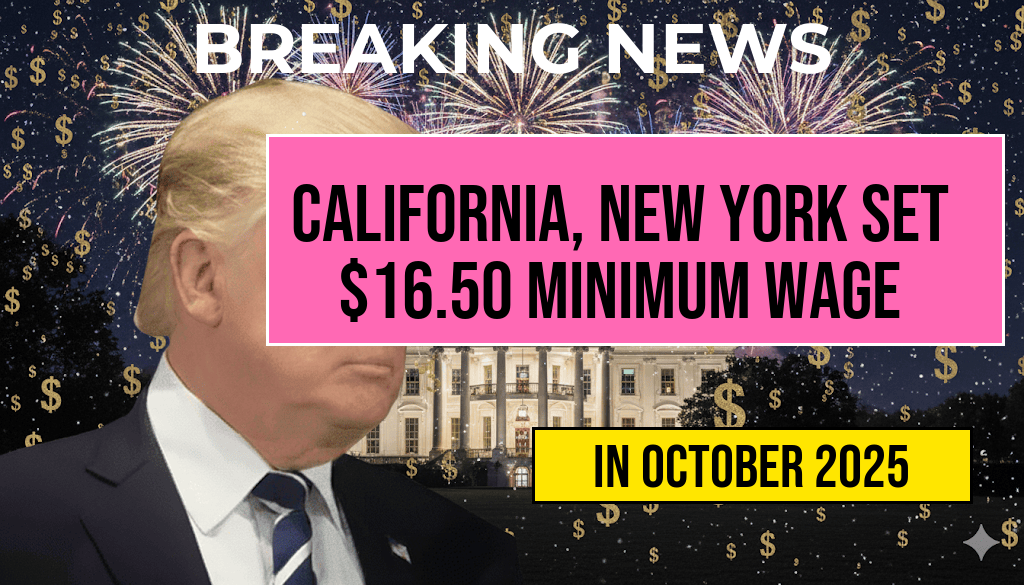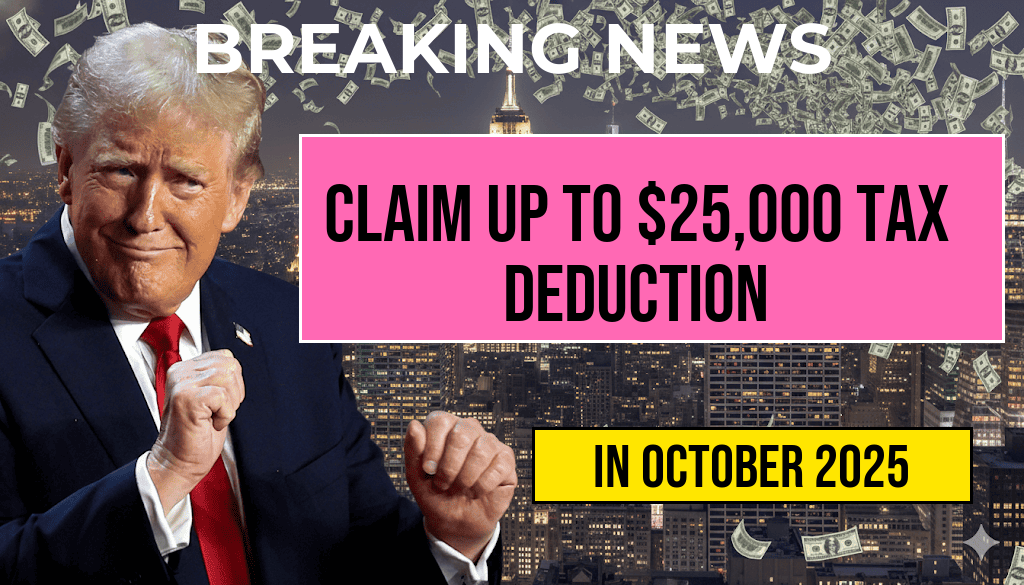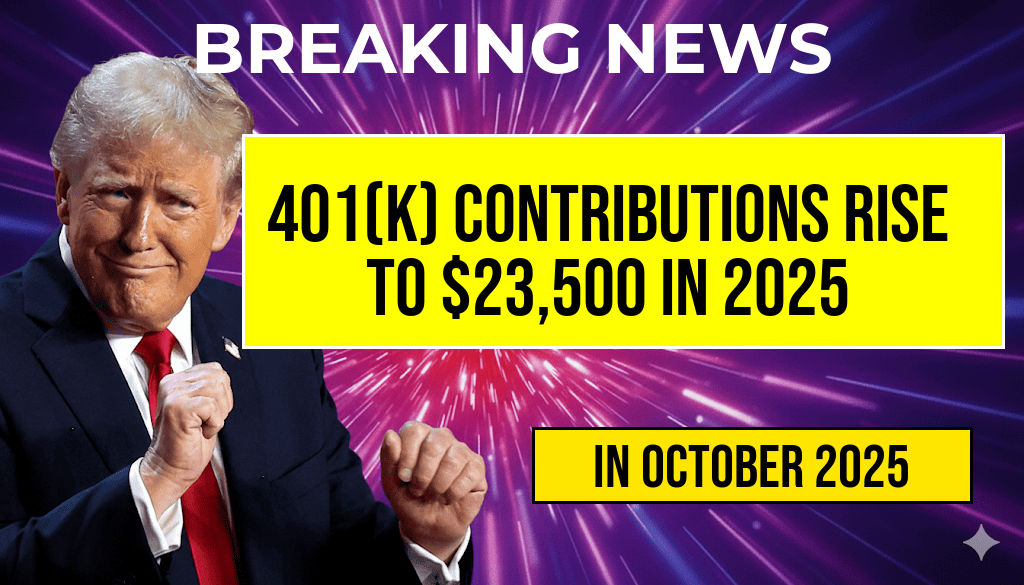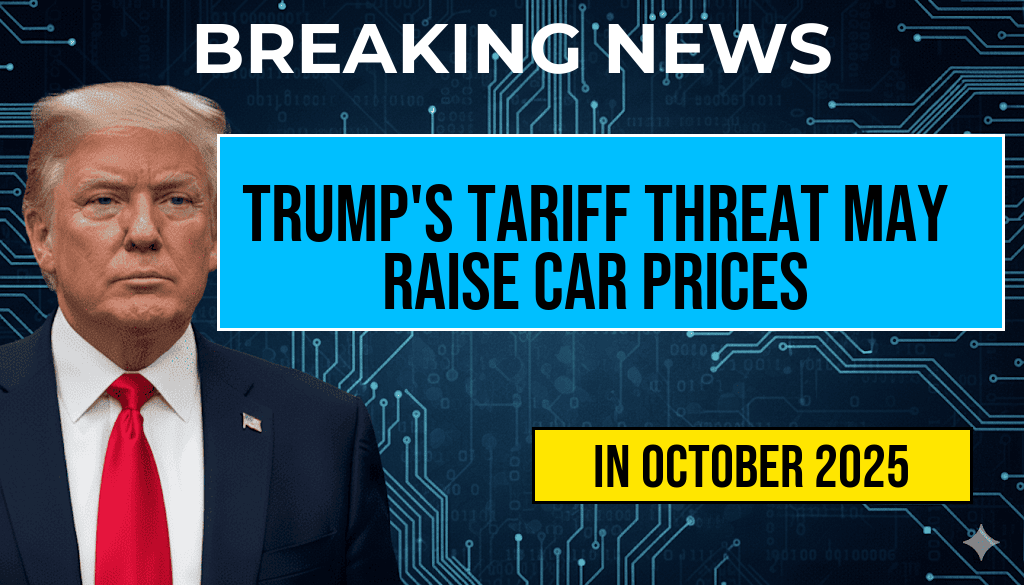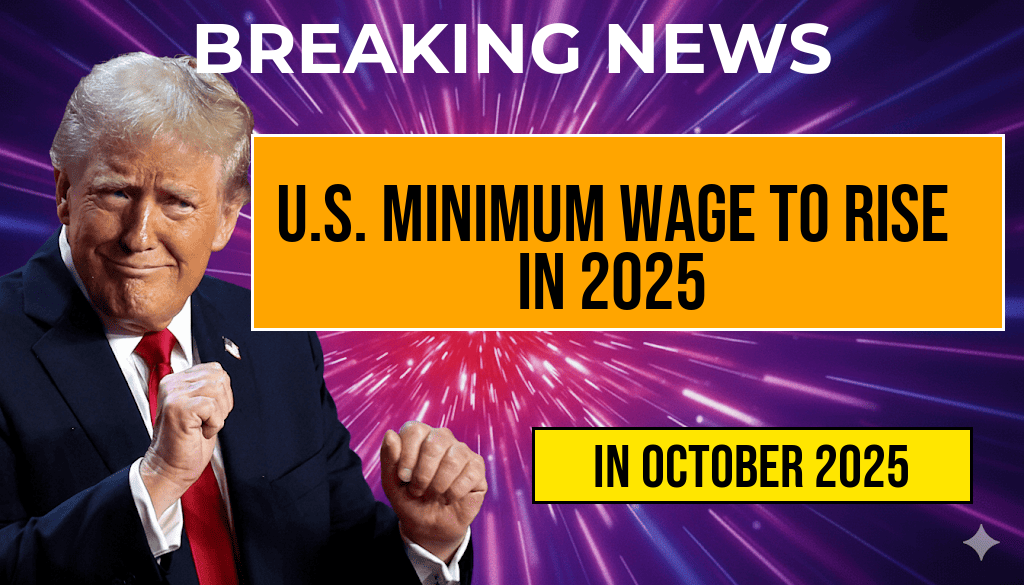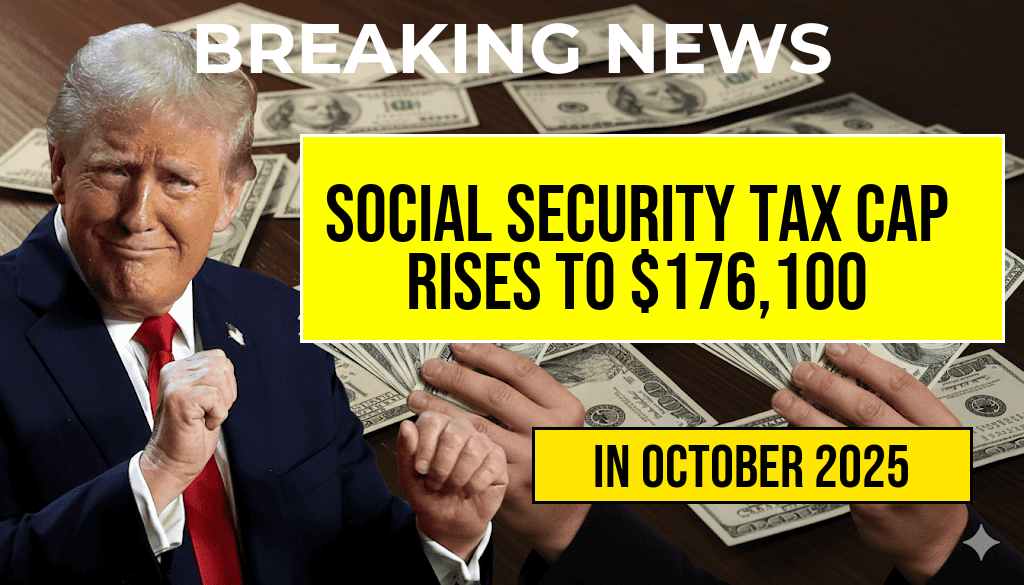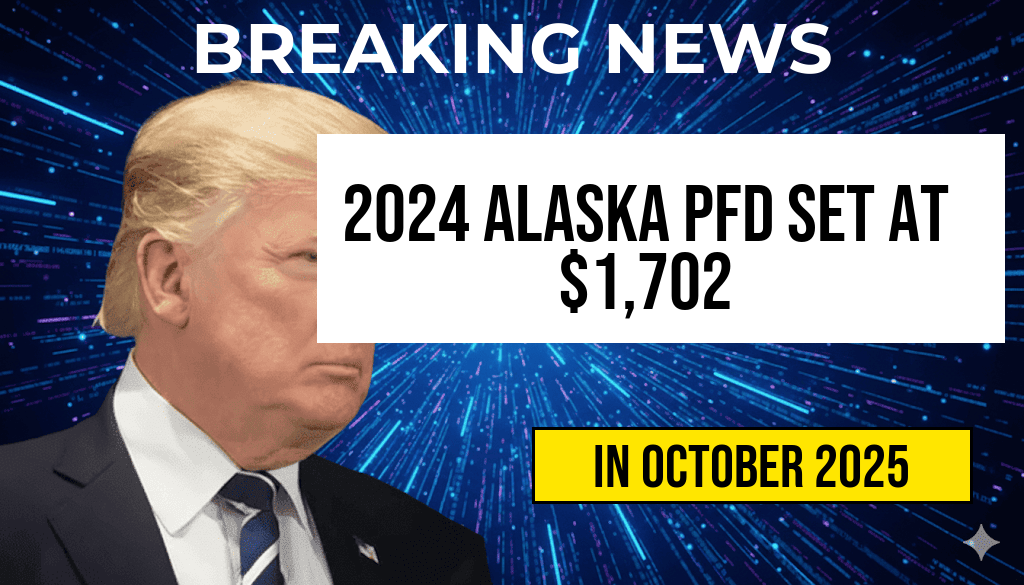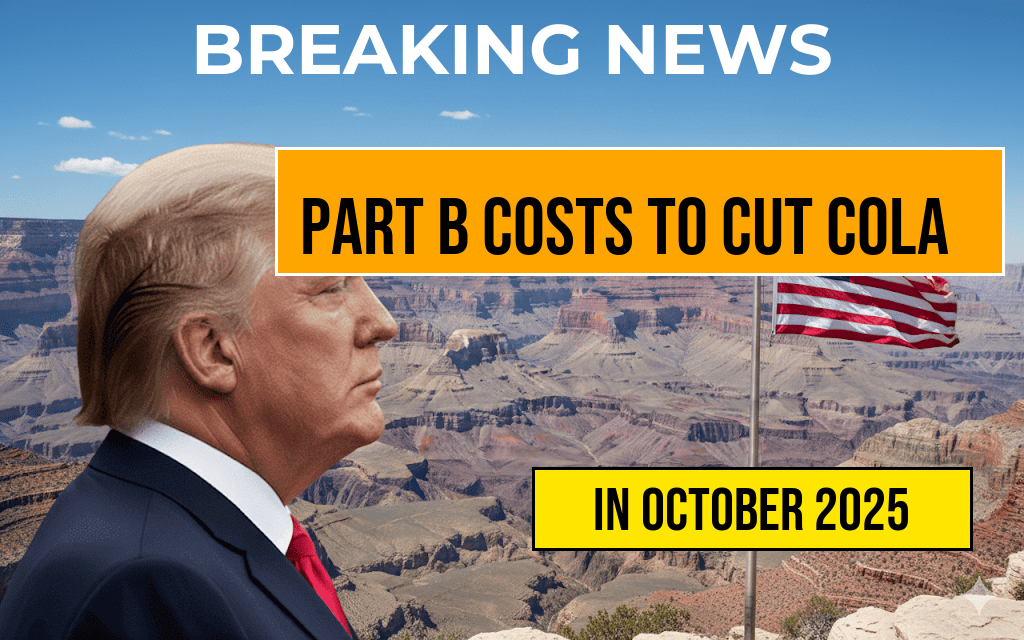On October 4, 2023, the U.S. Department of Labor announced a significant increase in the federal minimum wage, set to take effect in 2025. This change marks the first adjustment in the hourly pay rate since 2009 and is expected to have substantial implications for millions of American workers and the economy as a whole. Under the new guidelines, the federal minimum wage will rise to $15 per hour, an increase that advocates say will help lift many out of poverty while critics express concerns about potential effects on small businesses. This article delves into the details of the upcoming wage increase, its implications, and the reactions it has garnered.
Details of the Minimum Wage Increase
The federal minimum wage, currently at $7.25 per hour, will increase to $15 by January 2025. This change is part of a broader effort to address the rising cost of living and to ensure that workers earn a wage that aligns more closely with inflation and economic growth. The increase aims to benefit not just workers but also the economy by boosting consumer spending.
Timeline of Changes
- October 4, 2023: Announcement of the wage increase.
- January 1, 2025: New minimum wage of $15 per hour takes effect.
Impacts on Workers and Businesses
The increase in minimum wage is expected to directly affect approximately 32 million workers across the country, many of whom are employed in industries such as retail, hospitality, and food service. Supporters argue that this wage hike will significantly improve the quality of life for low-wage workers, allowing them to better support their families and contribute more to local economies.
However, small business owners are voicing concerns about the increased labor costs. Many fear that higher wages could lead to reduced hiring, increased prices for consumers, or even business closures. The National Federation of Independent Business (NFIB) has expressed its apprehension about the potential adverse effects on employment levels within small businesses, which are vital to the U.S. economy.
Economic Considerations
Economists are divided on the potential impact of the wage increase. Proponents of the wage hike argue that raising the minimum wage can lead to increased productivity and lower employee turnover, ultimately benefiting businesses. On the other hand, opponents caution that businesses may respond by reducing hours, cutting jobs, or automating roles that were previously filled by human workers.
State-Level Responses
While the federal government has taken steps to raise the minimum wage, several states have already implemented their own increases that exceed the national standard. For instance, states like California and Washington have minimum wages set at $15.50 and $16.00 per hour, respectively. As the federal minimum wage rises, it will be interesting to see how states adjust their policies in response.
| State | Current Minimum Wage | Effective Date of Next Increase | Next Minimum Wage |
|---|---|---|---|
| California | $15.50 | 2024 | $16.00 |
| Washington | $16.00 | 2024 | $16.50 |
| New York | $15.00 | 2025 | $15.50 |
Public and Political Reactions
The announcement of the minimum wage increase has sparked a wide range of reactions from the public and political leaders. Labor unions and workers’ rights organizations have praised the decision, viewing it as a long-overdue step toward economic equity. Conversely, some lawmakers and business associations have raised alarms about the potential for job losses and increased prices for consumers, arguing that the federal government should consider the unique economic conditions in different regions.
As discussions continue, the debate surrounding the minimum wage is likely to remain a focal point in political discourse, especially leading up to the 2024 elections. This wage increase could influence voter sentiment, particularly among working-class individuals who feel the pinch of rising living costs.
Conclusion
As the federal minimum wage is set to rise to $15 per hour in 2025, the implications for workers, businesses, and the economy are profound. Ongoing discussions and analyses will be crucial in determining the ultimate impact of this policy change, as stakeholders from various sectors weigh in on its potential benefits and drawbacks. For more details on the minimum wage and its effects, visit U.S. Department of Labor and Forbes.
Frequently Asked Questions
What is the new federal minimum wage rate set for 2025?
The new federal minimum wage rate set for 2025 will increase to $15 per hour, reflecting a significant adjustment to support workers across the country.
When will the minimum wage increase take effect?
The minimum wage increase will take effect on January 1, 2025, providing workers with higher pay as the cost of living continues to rise.
How does the 2025 minimum wage increase impact state-level wages?
While the federal minimum wage will rise to $15, some states may have higher minimum wages already in place. Workers will receive the higher of the federal or state wage, ensuring they are compensated fairly.
What prompted the increase in the federal minimum wage?
The increase in the federal minimum wage is part of ongoing efforts to address wage stagnation and improve the living standards of low-income workers amidst rising inflation and living costs.
Are there any exemptions to the minimum wage increase?
Yes, certain exemptions may apply, such as for tipped workers or those in specific industries, but these will be clearly outlined in the final regulations leading up to the change.

